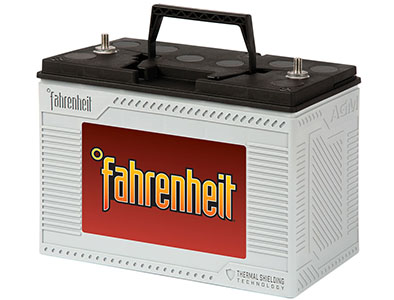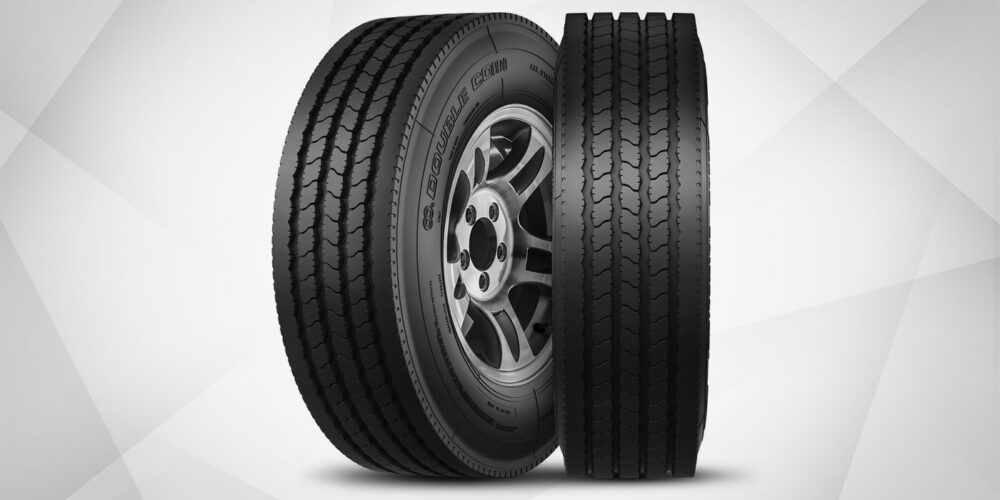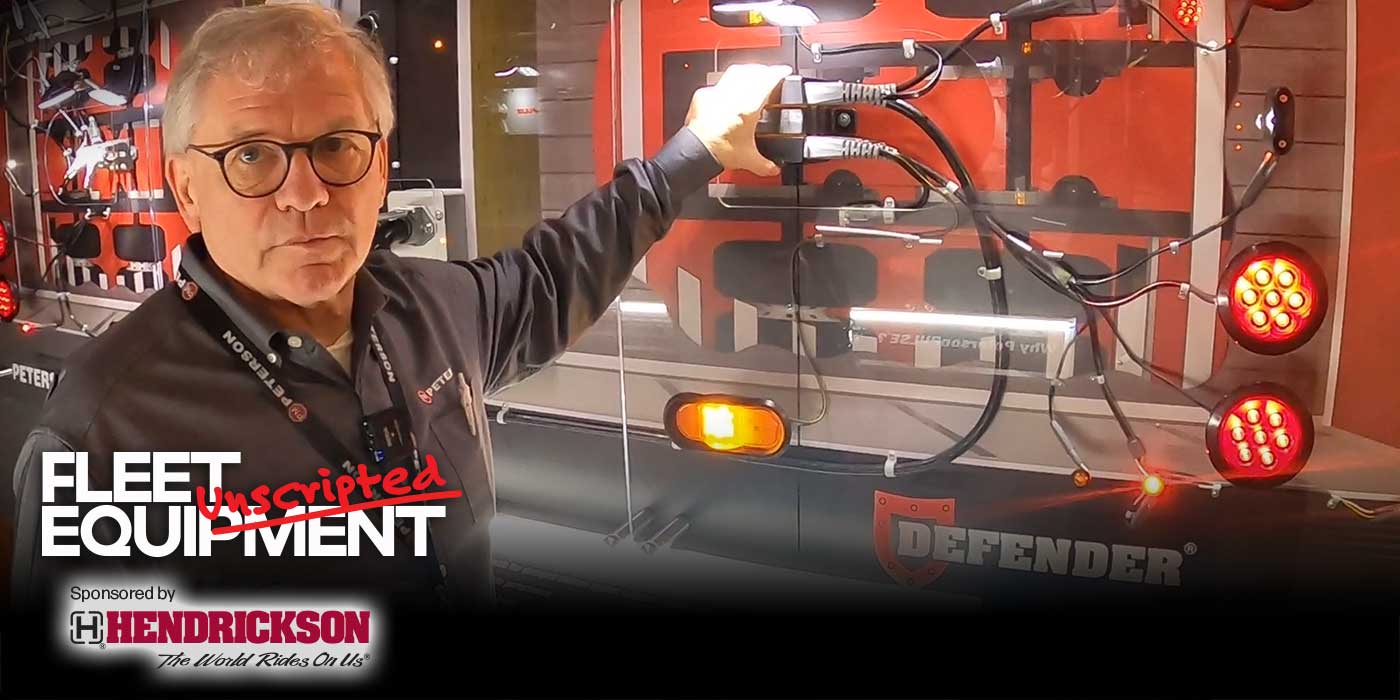Are you one of those people who pulls the covers tight when you hear that morning alarm going off in winter months, desperate to avoid the cold air and enjoy just five (or maybe 15) more minutes of comfort before getting on with your day?
Your trucks’ batteries feel the same way, except some winter mornings they just never bother getting out of bed at all.
So, when that driver calls in to tell you they have a no-start, where do you start?
We asked the experts to weigh in on five questions dealing with and preventing no-starts in the winter. Let’s dive in.
5. Why do no-starts happen to batteries in the winter?
The reason is the seasons. Batteries aren’t just affected by the cold; the summer heat gets to them too, you just don’t notice it yet.
“The heat of summer causes accelerated battery aging while the cold of winter places strain on the battery’s ability to start the truck,” says Jeffrey Muir, East Penn’s director of original equipment sales, commercial and outdoor power equipment. “Regardless of application, it is important to make sure your battery is fully charged and connections are tight and clean to maximize overall system performance. Batteries operating in a partial state of charge may not have enough energy to turn over a truck.”
Muir says the benefits of having a fully charged battery in the winter can’t be overstated.
“The cold makes everything harder and less efficient, therefore the batteries will need to work harder to crank the engine. A fully charged battery will maximize the starting events,” he says. “Cold weather will result in harder starting events and the batteries with marginal life will need to be replaced.”
Larry Rambeaux, sales application engineer at Purkeys, echoes this tip, adding drivers of sleeper trucks need to be especially vigilant in this regard.
“Sleeper trucks are always going to have more issues with all the loads that can be found in today’s sleepers to keep drivers comfortable and happy while on the road,” Rambeaux says. “Not only will these devices keep batteries at a lower average state of charge, but when parked many of these devices will pull energy, constantly leaving trucks with batteries too low to be able to crank the engine.”
4. Can the right preventative maintenance help older batteries avoid winter no-starts?
Generally, the life of your batteries can range from months to years based on preventative maintenance, but keep in mind that preventative maintenance isn’t a cure-all for every battery issue.
East Penn’s Muir says that all batteries are consumable products, and each has a limited lifespan that is determined by both design and application. At some point, it doesn’t matter how great the preventative maintenance is – the battery will eventually need to be replaced.
“A battery’s replacement interval will be dependent upon fleet practices,” Muir says. “Battery life will be dependent upon duty cycle, climate and usage profiles. A battery which is properly maintained will see a product life of upwards of four-plus years. However, a battery which is not maintained can experience a life span of 18 months or less.”
So, the proper preventative maintenance will not only help prevent no-start situations, but it will also greatly extend the life of your batteries. Purkeys’ Rambeaux suggests fleets give their trucks’ entire electrical systems a good PM twice a year: once in the spring before the heat of summer hits, then again in the fall before winter. This includes what Rambeaux refers to as the “1-2-3.”
- Properly inspect and load test the batteries.
- Perform a voltage drop check on the cranking and charging cables.
- Test the alternator.
Muir adds it’s also a good idea to investigate the entire electrical system, not just the battery, in the event of a no-start. This includes checking and confirming the security of hold downs, and if a hold down deficiency is found, correcting the issue. It’s also a good idea to clean all terminal connections (including the battery stud and cable lug), as road dirt, grime and grease will reduce charge acceptance. And, repair or replace any cables that appear damaged or worn.
“A no- or hard-start does not mean the battery is bad or needs to be replaced,” Muir says. “A no-start should be an indicator of a discharge event and will require investigation into the electrical system. Improper recharge will result in a future no-start situation. If a no-start occurs, the battery pack should be fully recharged with an independent charger.”
If the battery is in a low-charge state, Muir says to confirm the state of charge of the battery pack prior to charging, noting that if the state of charge is below 12.4 volts, the pack should be fully recharged. He says it’s important to remember that the voltage for a fully charged battery is different for flooded and absorbent glass mat (AGM) batteries: Fully charged flooded batteries will read 12.65 volts, where fully charged AGM batteries will read 12.85 volts.
Muir also says fleets should always be taking advantage of opportunity charging opportunities whenever possible.
“Opportunity charging is connecting to the battery pack as soon as the truck is pulled into the service bay. This charging practice will refresh the batteries and offset parasitic loads related to the scheduled maintenance,” Muir says. “This is especially important since the batteries should be at peak performance as they are put to the test during harder-to-start colder weather.”
3. When do I recharge and when do I replace?
Is it worth going through the trouble to recover a deeply discharged, dead battery, or is it better to just buy a new one?
“That is dependent upon the age and the usage cycle of the battery,” East Penn’s Muir says. “The majority of ‘bad’ batteries are discharged only. If these batteries were properly recharged, they could be placed back into service and continue with operation.”
Most of the time a deeply discharged battery can be recovered, Purkeys’ Rambeaux explains, as long as it isn’t left in a severely discharged state for long.
“It should be removed from the vehicle and run through a proper recharge procedure: Charged to 100%; load tested; and left for 24 hours and re-load tested,” Rambeaux says. “More often than not, winter no-starts were set in motion months before. This can come from not spec’ing the proper battery for the application and also not performing proper preventative maintenance before the start of winter.”

2. What are your best battery buying tips?
East Penn’s Muir says you’ll find group 31 batteries – the kind you’ll find in heavy-duty trucks – fall into different categories while you’re shopping. There are starting batteries, designed to start the truck and offer minimal cycling, and dual-purpose batteries, designed for starting and cycling, such as when hoteling. There are also AGM batteries, like East Penn’s Fahrenheit group 31 AGM battery, which Muir says offers both great starting and cycling performance as well as added protection against high heat.
Your battery of choice should depend on application, so be sure to consult your dealer of choice before making the buy to ensure you’re getting the best battery for your truck’s usage.
“Each battery technology has a different usage profile and life span within the Class 6 to 8 truck market. If the right battery is not selected for the application, overall life and performance will be impacted,” Muir says. “For example, the wrong battery in an application can result in a life span of less than 12 months. However, if the correct battery is selected, overall life can exceed four years, dependent upon duty cycle, climate and maintenance.”
Purkeys’ Rambeaux stresses the importance of looking beyond a battery’s cold cranking amp rating, or CCA, when shopping. While the CCA is certainly important, as it defines a battery’s ability to start an engine in cold temperatures, other aspects of the battery shouldn’t be ignored simply to achieve the highest CCA possible.
“While it is important to make sure you have a battery pack that will meet the engine’s cranking requirements, there is more to look at. Reserve capacity is just as important, as it is the battery’s ability to power loads while the engine is not running, and also impacts how a battery will cycle,” Rambeaux says. “Also a fleet should look at warranty. Are they getting a warranty that covers a typical life span? How well are they covered by the warranty, and what support does their supplier give them to make sure they are getting the right service and support?”
“End users receive what they pay for and not all batteries are created equal,” adds Muir.
1. Is it safe to apply quick heat to a frozen battery?
If a driver has a dead battery out on the road, is there anything she can do to quickly get it cranking again?
“There is nothing I can recommend that can be done safely,” Purkeys’ Rambeaux says. “There have been many trucks burned to the ground with drivers trying to warm up their engines and batteries.”
Bottom line: Forget the heated blanket or space heater when it comes to warming up that frozen battery. It’s not worth the risk.














